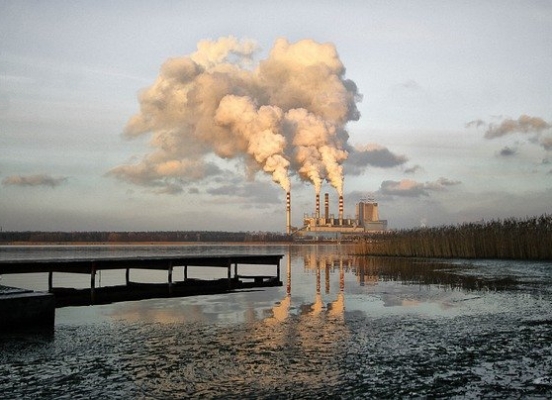Raw Water Treatment Plant India
Water treatment plants remove contaminants from surface waters or ground waters. Drinking water treatment specifically brings the water to a level of cleanliness and safety for potable use.
Many treatment methodologies exist, and source waters dictate the required type of water treatment process. Groundwater typically needs less treatment than do surface waters from rivers, lakes, or streams. A few treatment water plants desalination plants are designed to treat seawater, but the process is very expensive. Obtaining regulatory permits for side stream disposal from desalination plants can be difficult as well. So the typical water treatment plant will utilize freshwater sources as a first choice.
Raw Water Treatment Plant Design
Each water purification plant is unique. During design, many factors must be considered. What is the quality of the source water and where is it located? What is the final use of the water? Is a drinking water plant being designed or is the water treatment plant designed only for irrigation of food crops? How many customers will the water treatment plant serve? These questions only touch the surface of information required as part of the design process.
Wastewater treatment plant design incorporates all of the engineering disciplines including mechanical, electrical, structural, geotechnical, hydraulic, and many other specialties. These are complex projects requiring high levels of engineering expertise.
Disinfection – drinking water plant disinfection can be accomplished by water treatment plant chemicals such as chlorine, or by ultraviolet systems or ozonation.
Storage – Water treatment plant storage systems range from enclosed ground storage tanks, or may also include elevated storage tanks or hydro-pneumatic tanks which would provide pressure for the water distribution system.
Chokhavatia Associates have a high level of expertise in the design and commissioning of water treatment plants in India. These include typical drinking treatment water plants as well as specially designed water and wastewater treatment plants for various industries, such as dairies, chemical plants, pharmaceuticals, and even soft drink plants.
Chokhavatia Associates team consists of highly trained and dedicated professionals who are aware of the latest technologies for water treatment and will provide a project that provides the best water quality while being cost-effective. We offer our clients custom solutions for water purification and ensure all of our projects are completed on time and within budget.
Wastewater Treatment Process
Depending on the factors noted above, water treatment will utilize a combination of several processes. Depending on the size of the water purification plant, these processes may be arranged in a treatment train sequence or a package treatment plant. Processes may include:
Aeration – may be used to strip undesirable gases, such as hydrogen sulfide, from the source water to eliminate odors or other water quality issues. Aeration can be completed with mechanical equipment, or by letting the water simply splash over trays placed at various elevations. Some water treatment plant with very clean water sources only requires aeration and disinfection to provide drinking water quality product.
Coagulation – chemicals such as alum (aluminum sulfate) or polymers are added to the water to help solid particles attach. This creates heavier solids that will sink to the bottom during sedimentation.
Sedimentation – usually consists of a tank or basin, providing a quiescent area that allows solid particles to sink to the bottom. Rake-arms or other mechanisms remove the settled solids and the clear water at the top flows to the next treatment process.
Filtration – water is passed through filters to remove additional contaminants. Many types of water treatment plant filters exist, including sand filters, carbon or activated carbon, and membrane filters. Some treatment plants use a combination of several types of filters. Membrane filters are rated based on the size of particles they can remove, from microfiltration systems that remove particles of 10 microns or less to reverse osmosis (RO) systems that remove particles up to one-thousandth of a micron and can even remove bacteria and viruses.
To know more, please check Chokhavatia.

